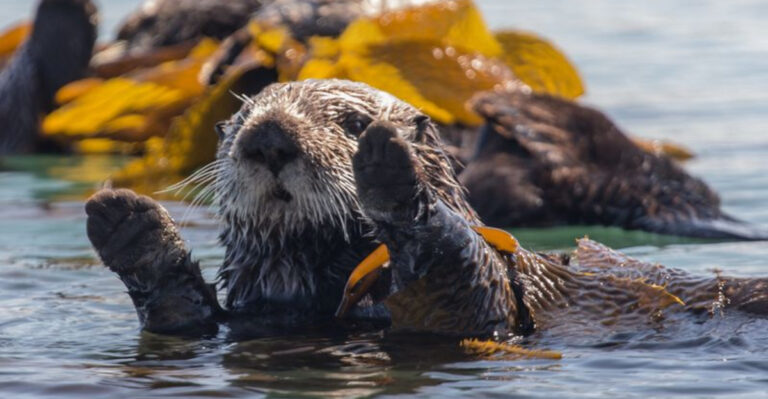Unique Fish Species Found In The Great Lakes Near Illinois
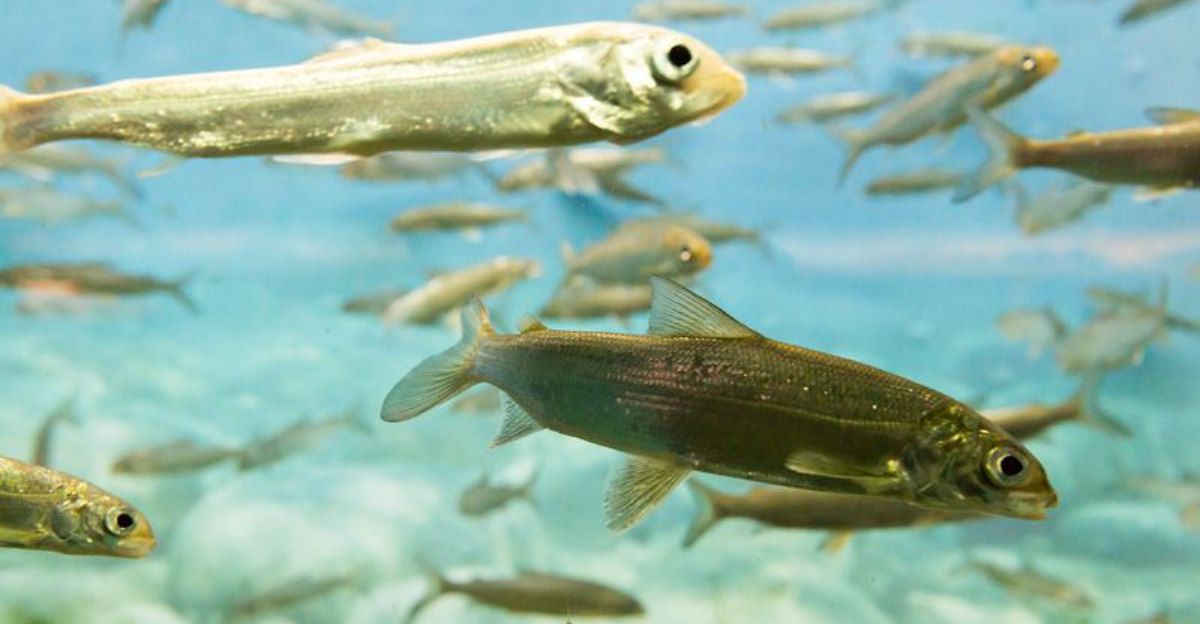
The Great Lakes near Illinois harbor an incredible variety of fish species that many people don’t know about. These massive freshwater bodies serve as home to some of the most fascinating aquatic creatures in North America.
From prehistoric-looking monsters to colorful game fish, the underwater world of Lake Michigan and its connected waterways offers a glimpse into the remarkable biodiversity that affects our ecosystem and local fishing culture.
1. Lake Sturgeon
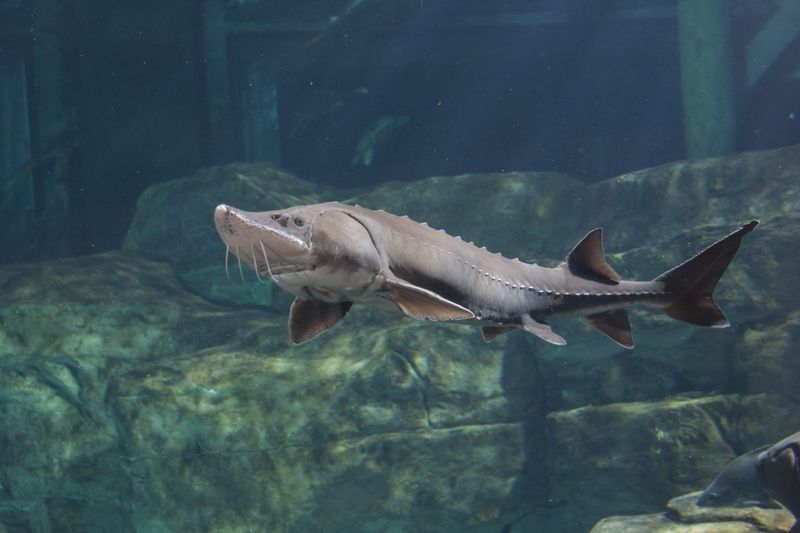
Armored like prehistoric creatures, lake sturgeon have remained virtually unchanged for over 150 million years. These gentle giants can grow up to seven feet long and live for more than a century!
Unlike most fish, sturgeon don’t have scales but five rows of bony plates called scutes. They use their vacuum-like mouths to suck up small creatures from the lake bottom.
Once abundant throughout the Great Lakes, their numbers plummeted due to overfishing and pollution. Conservation efforts are helping these remarkable fish make a comeback in Illinois waters, though they remain a protected species.
2. Yellow Perch
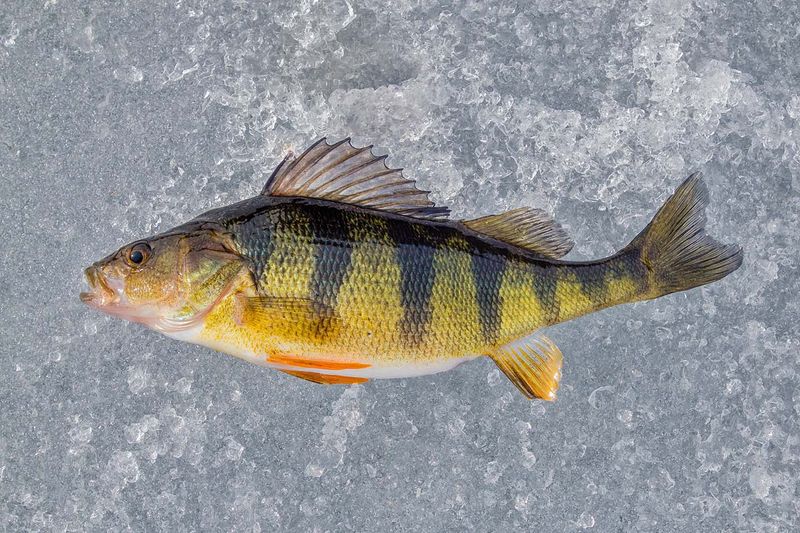
Golden-yellow sides with dark vertical bars make yellow perch one of the most recognizable fish in Lake Michigan. Anglers love them for their delicious, mild white flesh that’s perfect for fish fries.
Schools of yellow perch once numbered in the millions near Chicago’s shoreline. Their populations have faced challenges from invasive species and habitat changes, but they remain an important part of the lake’s ecosystem.
Female perch grow significantly larger than males, sometimes reaching twice their size. These fish prefer cooler waters and move deeper as summer temperatures rise.
3. Burbot
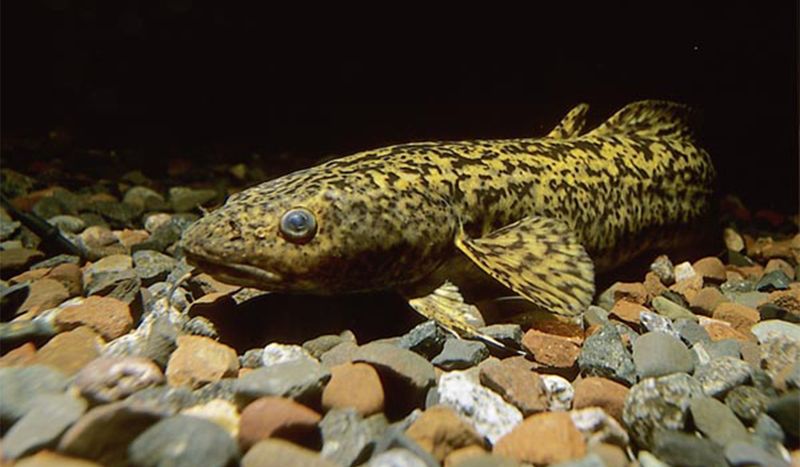
Meet the only freshwater member of the cod family found in North America! Burbot look strange with their eel-like body, flat head, and single whisker-like barbel under the chin.
Night hunters by nature, these fish become most active during winter months when other species slow down. Many ice fishermen seek them out for their firm, white meat that tastes similar to lobster.
Burbot can be found in the deepest parts of Lake Michigan where the cold, dark environment suits their lifestyle. Despite their unusual appearance, they play a vital role as predators helping to keep other fish populations in balance.
4. Lake Whitefish
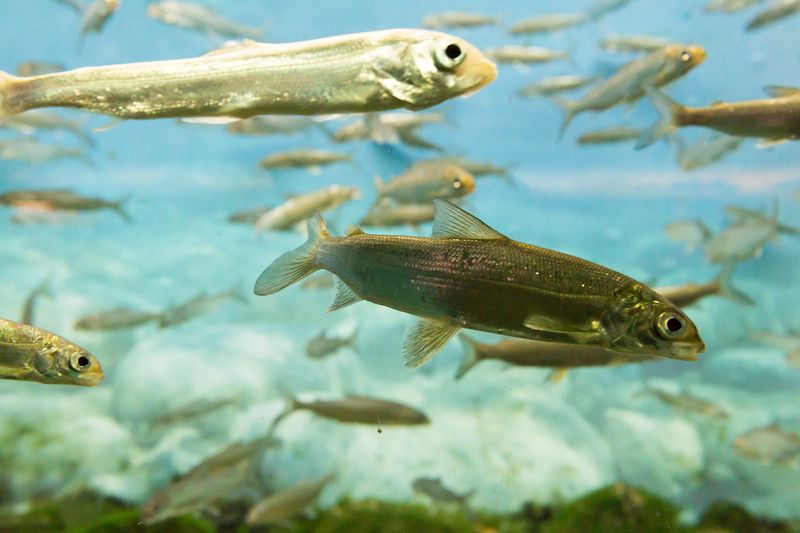
Silvery and sleek, lake whitefish have been a commercial fishing staple around the Great Lakes for centuries. Native Americans relied on these abundant fish long before European settlers arrived.
Their small, downturned mouths are perfectly designed for feeding on tiny organisms along the lake bottom. During fall spawning season, whitefish gather in shallow, rocky areas, creating opportunities for shore anglers.
Prized for their delicate, sweet flavor, whitefish remain a popular menu item in restaurants throughout the region. Smoked whitefish is considered a delicacy, and the species has shown remarkable resilience despite changing lake conditions.
5. Round Goby
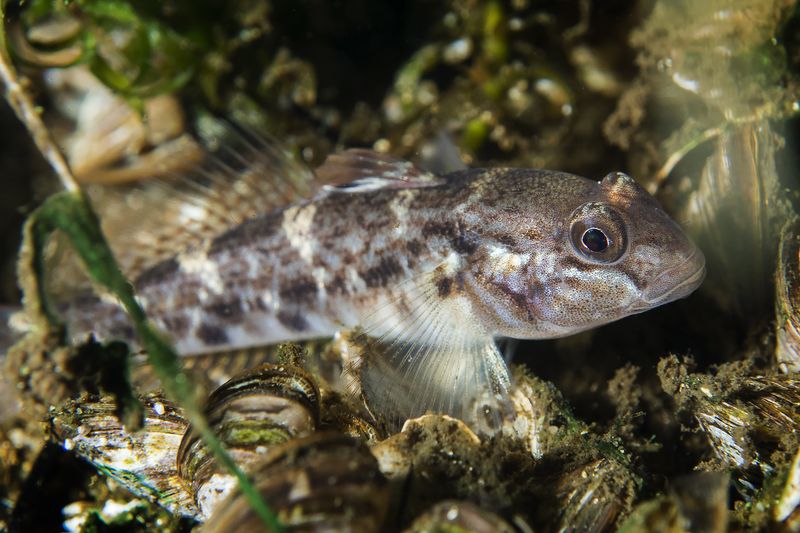
Small but mighty troublemakers, round gobies invaded the Great Lakes through ship ballast water in the 1990s. Native to the Black and Caspian Seas, these aggressive bottom-dwellers quickly spread throughout Lake Michigan.
Distinctive black spots and frog-like pelvic fins help identify these invasive fish. They can spawn multiple times each summer and survive in poor water conditions where other fish cannot.
Round gobies compete with native species for food and habitat while also eating the eggs of other fish. Ironically, they’ve become an important food source for larger game fish, creating a complex ecological relationship in their adopted home.
6. Brook Trout
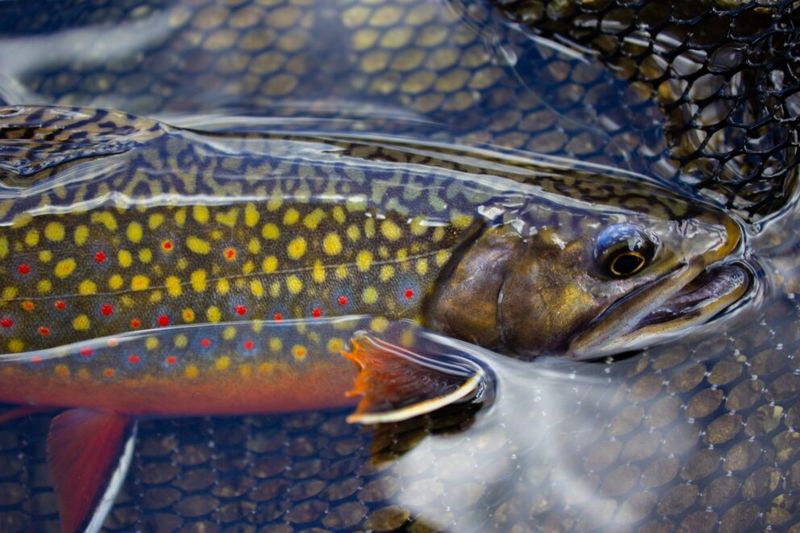
Breathtakingly beautiful, brook trout display red dots surrounded by blue halos against an olive-green background. Their orange-red belly and distinctive white-edged fins make them among the most colorful fish in the Great Lakes region.
Originally abundant in cold, clean tributaries flowing into Lake Michigan, their numbers declined due to habitat loss and competition from introduced species. Conservation efforts focus on protecting the remaining native populations.
Sensitive to water quality changes, brook trout serve as living indicators of ecosystem health. Anglers prize them for their fighting spirit and the remote, pristine locations where they’re typically found.
7. Lake Trout
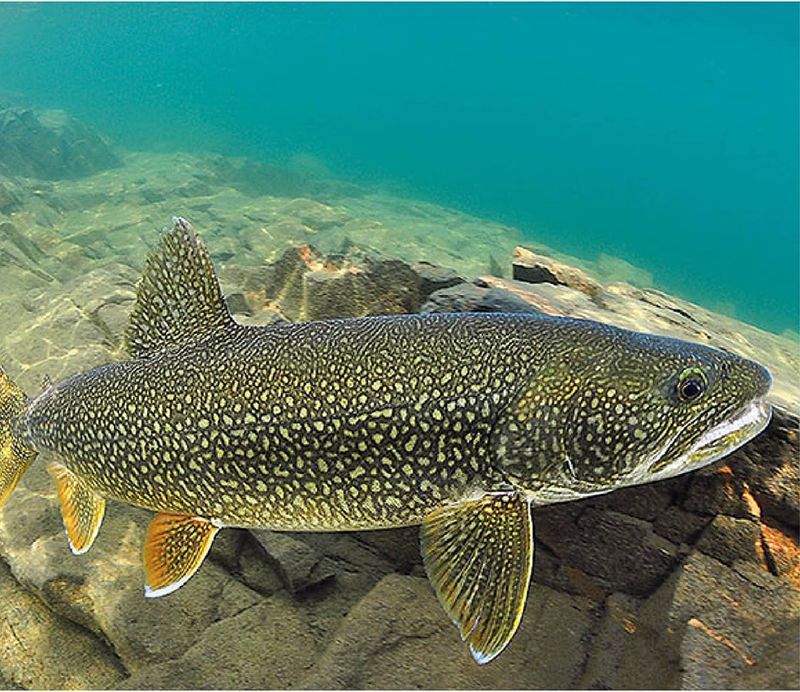
Masters of the deep, lake trout can live up to 40 years and reach weights exceeding 70 pounds! Their dark bodies with light spots help them blend into the shadowy depths of Lake Michigan where they spend most of their lives.
Nearly wiped out by sea lamprey predation and overfishing by the 1950s, lake trout have made a remarkable comeback through dedicated stocking programs. They prefer the coldest parts of the lake, typically swimming at depths of 100-200 feet.
Fall brings these fish closer to shore as they prepare to spawn over rocky reefs. Their rich, oily flesh makes them popular among anglers seeking trophy catches.
8. Freshwater Drum
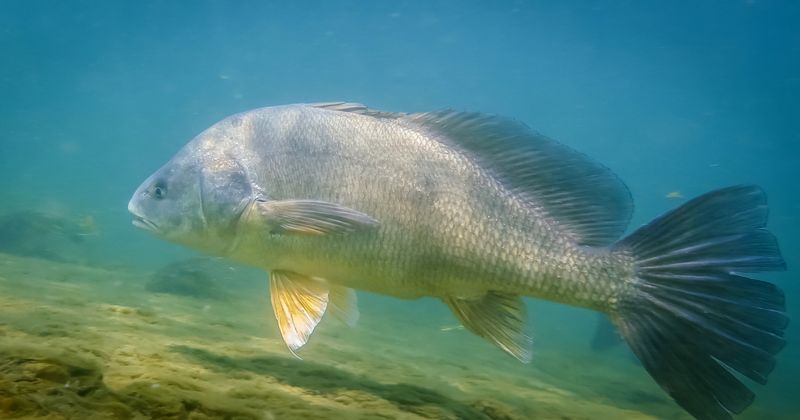
Known for the drumming sounds males make during spawning season, freshwater drum are fascinating fish with unusual abilities. They possess special ear stones called otoliths – the largest and densest of any freshwater fish in North America.
Silver-gray bodies and distinctive downturned mouths help identify these fish, also called sheepshead by many anglers. They use powerful throat teeth to crush mollusks and crayfish, making them important controllers of invasive zebra mussels.
Freshwater drum can live 10-15 years and grow quite large. Their adaptability has helped them thrive in Lake Michigan while many other species struggle with changing conditions.
9. Muskellunge
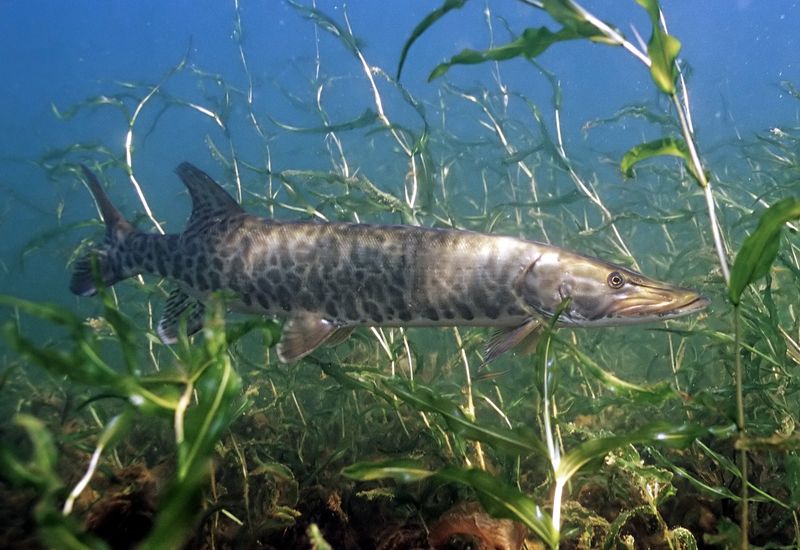
Feared predators of the Great Lakes, muskellunge are often called “the fish of 10,000 casts” because they’re so difficult to catch. Their torpedo-shaped bodies can exceed 50 inches in length, with rows of sharp teeth perfect for ambushing prey.
Muskies hide among weed beds and structure, exploding with lightning speed to capture fish nearly half their size. Their camouflage pattern of dark bars or spots on light backgrounds varies depending on habitat.
Lake Michigan’s muskellunge population includes both native and stocked fish. Dedicated anglers pursue these apex predators with almost religious devotion, practicing catch-and-release to preserve the limited population.
10. American Eel
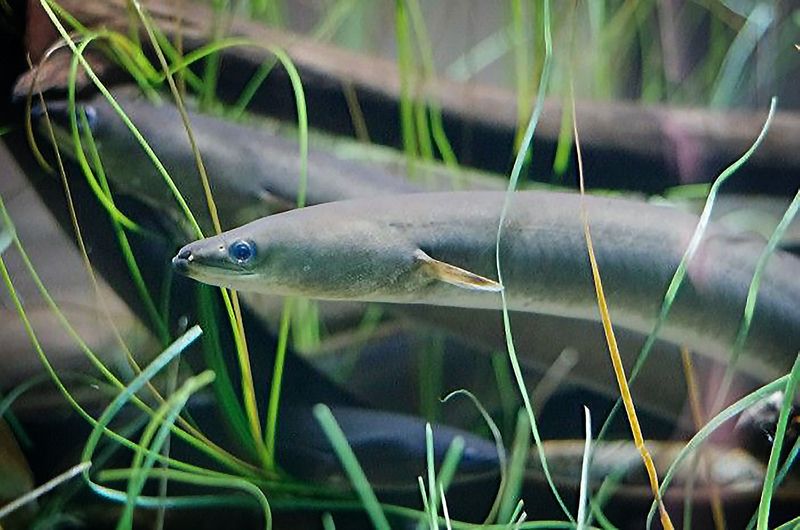
Snake-like in appearance, American eels found in Lake Michigan have completed one of the most remarkable journeys in the animal kingdom. Born in the Sargasso Sea near Bermuda, they travel thousands of miles to reach the Great Lakes.
All eels in our freshwater systems are female – males stay in coastal areas. These fascinating creatures can absorb oxygen through their skin and even travel short distances over land when conditions are damp!
Once common throughout the Great Lakes, dam construction has made their migration increasingly difficult. Spotting an American eel near Illinois today is a rare treat, as they represent one of nature’s most determined travelers.






